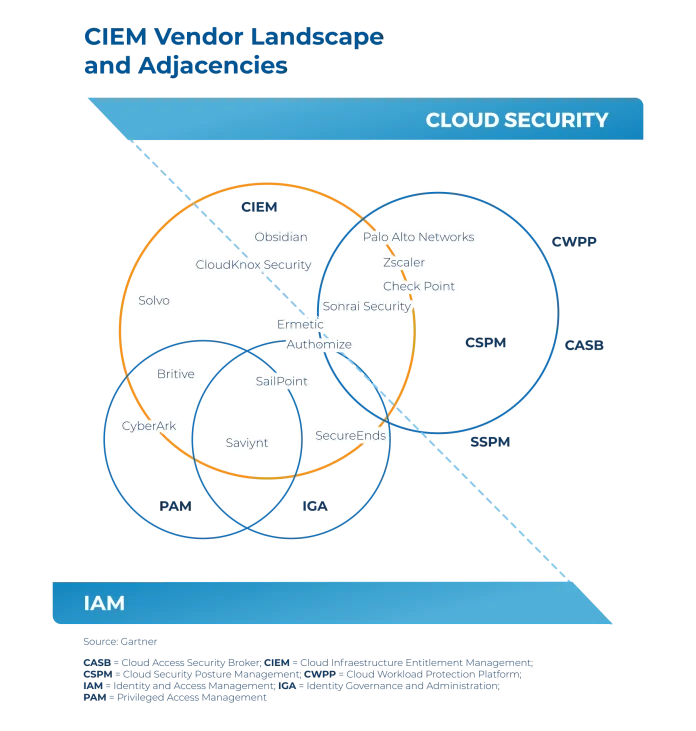With data breaches and cyber attacks being such ever-present threats in today’s digital world, efficient access management is critical to maintaining confidentiality and the reliability of information. The tools used in this process have a significant impact on success and ensure that control as well as monitoring is implemented to manage access to digital resources. We examine the importance of this software as a support structure for organizational security measures and also efficiency in operations across different environments, details of which you will find in this article.
For improved security, it is imperative to adopt strict control mechanisms. Access management software gives a company the capability to control access permissions at a detailed level, so administrators can determine who has access to specific resources and which actions each user can perform. Using role-based access control (RBAC) and attribute-based access control (ABAC) policies ensures that the least privilege principle is applied, reducing the risks associated with unauthorized use or the elevation of rights.
One area that you should assess is single sign-on capabilities. One of the significant characteristics of access management tools is their capability to minimize the authentication procedures with single sign-on function. SSO allows a user to use a single set of credentials to access various applications and services, thus making the log-in experience less complex and eliminating the need for managing many passwords. By doing so, it not only increases convenience for users but also hardens security by cutting down on instances where vulnerabilities emanate from passwords or passwords get compromised.
There are a number of applications that allow automated execution of the policies; however, the ones in the list in question are all part of commercial products which can be acquired and thus implemented without specific tools or coding. In the environment of centralized user provisioning and deprovisioning, access management software makes it easy to handle user accounts from their initial steps to their entire life span. Through automation of onboarding and role assignments as well as the implementation of access revocation process, the system allows timely and accurate administration of user access hence lowering the risk with orphaned accounts or unauthorized access in cases where employees leave or have changes in roles.
MFA Support for Multi-Factor Authentication: In many cases, beyond usual username and password combinations, access management systems would have the option to enable multi-factor authentication (MFA), where the factors might include biometrics, one-time passwords (OTP), and hardware tokens. With MFA, an additional layer of protection is added in order to have end-users confirm their identities through several ways that ultimately reduce the chances of unauthorized entry; phishing with stolen credentials and account takeovers.
In the world of cybersecurity, there are two measures that can be taken to ensure the security and transparency of a network. One is external audits and internal compliance reports. The software that facilitates access management helps in maintaining evidence for all audit trails so that it is possible for an organization to produce compliance reports showing the adherence to regulatory requirements and even industry standards. Organizations can watch user activities, identify erratic behavior as well as act in compliance with data protection regulations such as GDPR, HIPAA, and PCI DSS by logging user access attempts and changes to user permissions among other security-related events.
The next factor that I will examine is scalability and integration capabilities. Designed to be highly scalable and interoperable, modern access management software ensures that organizations can quickly adapt to changing security requirements and effectively integrate their IT setup with preexisting infrastructure as well as third-party applications. From on-premises deployments to cloud-based ones, access management solutions cater to the changing needs of organizations irrespective of size or industry they belong enabling growth and innovation without compromising security.
Conclusion: A critical element of the organization’s security infrastructure, access management software is at the forefront of cybersecurity by enabling effective enforcement of access control policies, streamlining authentication processes, and ensuring compliance with regulations. Organizations that adopt access management solutions help to secure their information systems more effectively and significantly reduce unauthorized data breach incidents, while also facilitating legitimate user access to organizational resources needed to drive productivity and innovation. Because these days the world is even more wired and connected than ever before, Access Management Software is crucial for shielding private information from prying eyes or other thefts while also maintaining integrity in relation to customer confidence among other stakeholders such as partners and suppliers who depend upon certain trust elements being upheld within their relationships due partly if not entirely upon shared interest rather than sole control.

